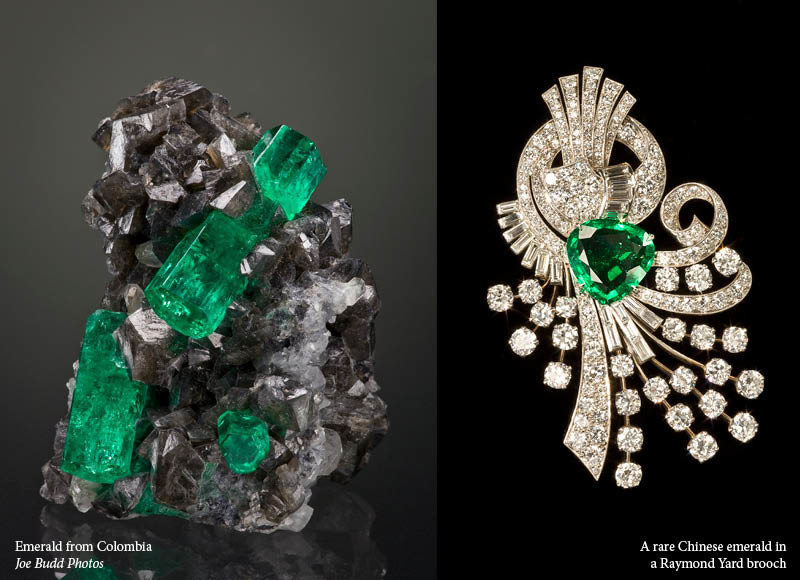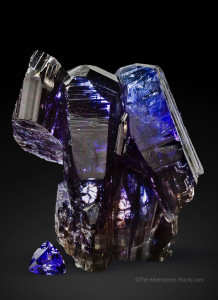Why the 4 C's of Diamonds Fail the Mineral Test
We’ve often heard collectors tout the “4C’s” of grading – cut, clarity, carat weight, and color. However, the standards laid out by these guidelines really only apply to collectors who choose to specialize in cut diamonds – leaving the rest of us to determine the value of our specimens through other means.
When dealing with gemstones, rocks, and fine minerals, you may find that the value of your specimens is actually contradictory to the standards outline by the “4C’s”. Here, we’ve laid out all the reasons why you should refer to other standards of assessment when determining value, or reviewing the quality of your mineral collection specimens.
Cut.
When dealing with diamonds, cut is important, as it determines the brilliance of the stone. Simply put – the better the cut, the more sparkle your gemstone will have. While this may still be an important factor to consider when dealing with other finished gemstones, when dealing with other rock and mineral specimens, many collectors value those pieces which remain in a state as close to their natural discovery as possible.
While proper trimming may help highlight the best and brightest features of your pieces, approaching it carefully is strongly recommended. Many collectors find great value in the detailed information provided by a specimen’s surrounding matrix, as it holds clues which can answer questions regarding a specimen’s chemical composition, conditions of formation, and proper identification and classification.
Color.
The color grade provided for cut diamond classification is centered purely around one idea – the less color, the better the quality. Those gems which are the closest to complete colorlessness are the most valuable – whereas those which contain color receive a lower grade. This is a principle which holds true only when dealing with cut diamonds.
While color may be an essential factor when determining the composition and value of other rocks and minerals, it is for entirely different reasons. Saturation, hue, and tone are all important elements to consider – as are the vibrancy, contrast with other features of the specimen, and overall aesthetic display. To read more in-depth information about how color can affect your specimens value, click here.
Clarity.
Most cut diamonds have tiny imperfections, which can negatively affect their value. Those cut to reveal very few or zero imperfections receive the highest grades for clarity, which is decided by illuminating and magnifying translucent or transparent specimens to determine how many imperfections they contain.
This runs in opposition to the way many other species are valued – even other gemstones. For instance, emeralds will almost always include imperfections, so clarity is far less indicative of their value – and for other valuable opaque stones (such as lapis lazuli, turquoise, or jade) clarity is a quality which does not even exist.

Carat.
The carat (ct) is a unit of mass equal to 200 mg (or 0.2 g) and is used for measuring gemstones and pearls. Carat size is an important consideration when purchasing diamonds and other cut gemstones, but is rarely relevant when pursuing other rock and mineral specimens. The reason for this, is that many specimens which are valued highly by rock and mineral collectors include their accompanying matrix, which adds interest by revealing detailed information relevant to the specimen’s story. Matrix specimens can be quite large, heavy, and varied – rendering carat size completely irrelevant.
In short, it’s best to recognize that each species of stone, rocks, or rare mineral holds individual qualities and considerations which may drastically affect its value. To accurately assess the quality and worth of your specimens, you should carefully review the standards and expectations for each species individually. For more information on assessing the value and quality of your mineral collection, contact the experts at iRocks, today – we’re happy to provide the information you need to fairly and accurately review your selections, and ensure you are pricing or purchasing pieces appropriately.
